Dear Mass Story Lab Supporters
Do you believe stories can create justice?
Just 10 months ago, Mass Story Lab was still an untested idea but we were ready to stake a big claim on the power of community storytelling to create cultural change. So in June 2016, we partnered with JustleadershipUSA’s #CLOSERikers campaign to help shut down New York City’s most notorious jail complex. Less than a year later, New York City Mayor Bill de Blasio announced his support for the closure of Rikers Island. It took months and thousands of supporters to make it happen, but it was catalyzed by the stories of people who have lived the trauma of Rikers. That is how stories create justice.
Mass Story Lab has since traveled to Austin, Greensboro, and Miami. In each city, we’ve heard stories calling out the intersections of mass incarceration and mass immigrant detention, revealed the pitfalls in the pathways of prison re-entry, and witnessed communities collaborate in our labs to identify ways to support the most vulnerable targets of this administration’s policies.
Mass Story Lab restores connection and community where once there was isolation, stigma, and shame and we are ready to expand to reach even more communities. Our goal is to raise $25,000 over the next two months. The great news is a generous supporter of Mass Story Lab has already promised a matching donation of $5,000 once we’ve raised an initial $5000. So your donation will have double the impact. Speaking of impact…
When you donate to our #MSLSpring25 Fundraising Drive you’ll help us realize our vision for a world beyond prisons.
With your support, in 2017 we will be able to:
· Train THREE new MSL facilitators-people with a personal connection to incarceration. They will travel the country in 2018 facilitating labs to catalyze local action.
· Focus future labs on three core issue areas: 1) The incarceration of women and girls. 2) Wellness and Re-Entry 3) Designing Safe Communities
· Build strategic partnerships to connect our local community partners with the right resources and support to advance the solutions generated in their story labs.
This past year we’ve been supported exclusively by partners and donors like you. You are the power behind the stories. THANK YOU in advance for your support.
Here’s how to make a donation:
Write a check payable to our fiscal sponsor, “Fractured Atlas” in the memo line: Mass Story Lab. Mail to:
Create Forward
P.O Box 1070 New York, NY 10037
Mass Story Lab is a sponsored project of Fractured Atlas, a non-profit arts service organization. Contributions for the charitable purposes of Mass Story Lab must be made payable to Fractured Atlas only and are tax-deductible to the extent permitted by law.
Sincerely,
Piper Anderson, Founding Guide
Mass Story Lab









